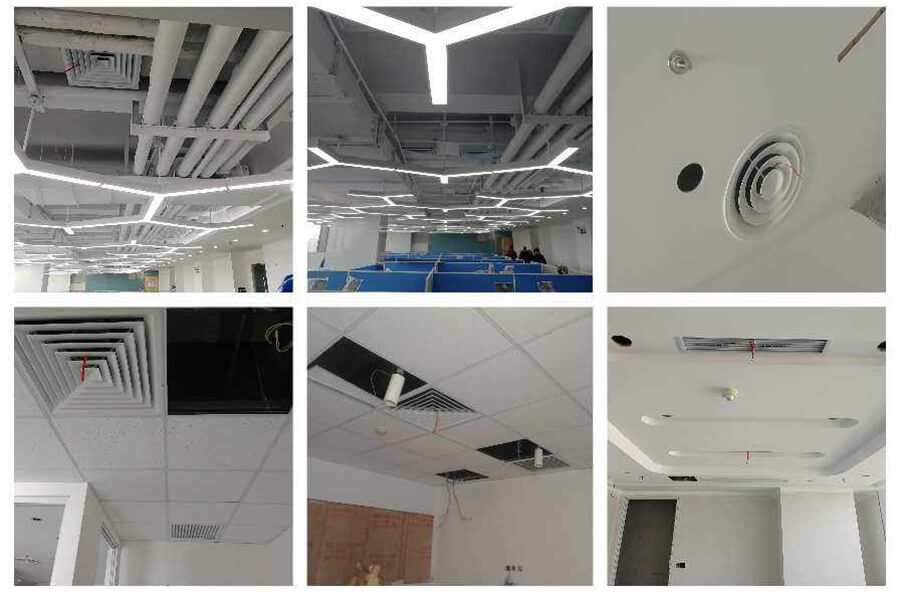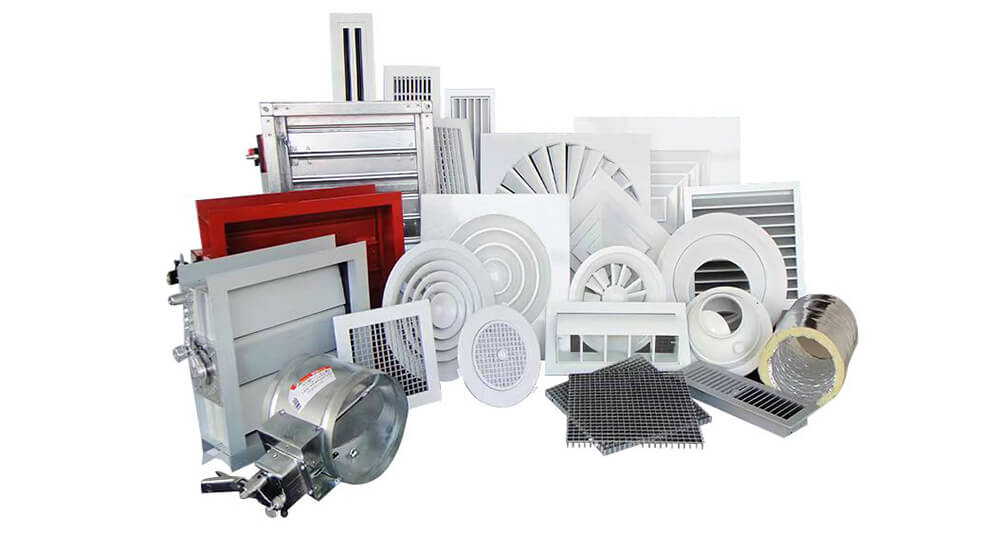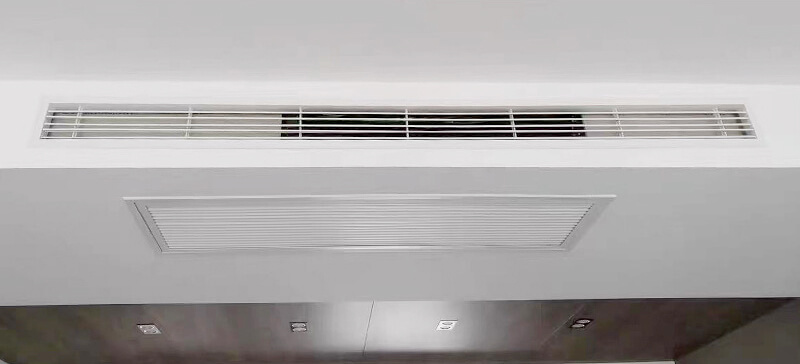In the realm of modern technology, air conditioning has become an indispensable part of our daily lives. Beyond providing comfort during scorching summers, air conditioning enhances our productivity and overall quality of life. However, one often overlooked aspect is the utilization of air diffusers. This article delves into the significance and optimal use of air diffusers in air conditioning systems, shedding light on how they can be harnessed for improved efficiency.
The Role of Air Diffusers
1. Temperature Regulation
Primary to air diffusers is their role in temperature regulation within enclosed spaces. By facilitating air circulation, these diffusers ensure effective temperature control. When utilizing air conditioning, neglecting to open the diffusers while only relying on cooling or heating functions can compromise air circulation, thereby hindering precise temperature adjustments.
2. Enhancing Indoor Air Quality
Air diffusers play a pivotal role in enhancing indoor air quality. Through improved air circulation, they help eliminate stagnant air and remove impurities and odors, promoting a fresher and healthier indoor environment. Additionally, these diffusers allow control over indoor humidity, preventing excessively dry or humid conditions and ensuring optimal air quality.
3. Boosting Air Conditioning Efficiency
Opening air diffusers contributes to increased efficiency in air conditioning systems. By facilitating better air circulation and ventilation, these diffusers enhance the effectiveness of cooling or heating processes. Adjusting the size and direction of air diffusers allows control over airflow patterns and speeds, optimizing overall air conditioning performance.

Utilizing Air Diffusers Effectively
1. Activating Air Diffusers
Ensure proper installation and connection of air diffusers before activation. Utilize the air conditioner remote control or panel buttons to activate the diffusers. Concurrently, be mindful of controlling indoor doors and windows to prevent outside air from affecting the efficiency of the air conditioning system.
2. Adjusting Size and Direction
After activating air diffusers, tailor their size and direction based on specific conditions. Increase diffuser size for better air circulation and ventilation when indoor temperatures are high. Conversely, reduce the size to prevent air turbulence and maintain efficiency in cooler conditions. Adjusting the direction ensures a more rational and comfortable airflow.
3. Regular Maintenance
Regularly clean air diffusers to prevent dust and contaminants from compromising air quality and system efficiency. Simple cleaning methods, such as using a vacuum cleaner or damp cloth, can help maintain the cleanliness and hygiene of air diffusers.
In conclusion, unlocking the potential of air diffusers is crucial for ensuring indoor air quality, temperature regulation, and optimal air conditioning efficiency. By employing these devices judiciously, adjusting their settings as needed, and implementing routine maintenance, individuals can enjoy a healthy and comfortable indoor environment. This article aims to guide readers in making the most of their air conditioning systems for an enhanced living experience.

If you want to know more, please click below:
- Grilles, Registers & Diffusers – The Ultimate Guide
- HVAC Linear Slot Diffusers – The Ultimate Guide
- HVAC Egg Crate Diffuser – The Ultimate Guide
- HVAC Jet Nozzle Diffuser – The Ultimate Guide
- HVAC Linear Bar Grilles – The Ultimate Guide
- HVAC Air Swirl Diffusers – The Ultimate Guide
- HVAC Round Ceiling Diffusers – The Ultimate Guide
- Round Ceiling Diffusers – The Ultimate Guide
- Exhaust Air Louver – The Ultimate Guide
- HVAC Registers – The Ultimate Guide


